
Developer: Dancing Dragon Games
Publisher: Freedom Games
Platform: PC
Tested on: PC
Symphony of War: The Nephilim Saga – Review
Turn-based tactical combat on a grid. Permadeath. Support conversations that build relationships. A blue-haired protagonist. No, we’re not talking about Fire Emblem, although it’s very clear that developer Dancing Dragon Games was inspired by the GBA-era titles from Intelligent Systems’ long-running tactics series. We’re admittedly quite partial to the genre, whether it’s an outright FE clone like Dark Deity or something that feels more original, like Triangle Strategy or Reverie Knights Tactics. As such, we were more than eager to delve into Symphony of War: The Nephilim Saga.
Story
After a short personality test of sorts -which we assume ties into certain stats for your main character, although this isn’t explained fully- we are thrust into a supposedly epic but ultimately convoluted story. There is a short cutscene that shows the birth of the protagonist, and then we’re thrust forward in time 25 years, at the brink of war in the empire of Veridia. Our self-named protagonist has left the military academy and is discussing the motivations of the rebels that they are set to fight against. It’s clear from the get-go that Symphony of War is poised to show players that war isn’t a black-and-white affair and that it wishes to explore the moral grey areas. Unfortunately, Symphony of War bites off more than it can chew as it keeps introducing new elements (Gods! Betrayal! Politics!) but it doesn’t come across as convincing and plot twists turn out utterly predictable. Beneath the bloated mess of a story is a pretty simple tale about taking revenge against an unjust empire but due to the poor writing, the main plot doesn’t carry any weight.
Graphics
We’re not quite sure what Dancing Dragon Games was gunning for with Symphony of War’s graphics. The game makes great use of GBA-style sprite work for its maps and combat scenes and this is where the game truly shines visually. Juxtaposed against this are the cutscenes -which are in a different art style altogether and feel like something quickly thrown together in RPG maker- and then there are the full character portraits during conversations. These portraits are well drawn but they feel out of place when looking at the overall atmosphere of the game. In a strange attempt to tie everything together, a filter was applied to these portraits that makes them look pixelated, but they are still too detailed and come across as simply being presented in a lower resolution. This also applies to in-game menus and text and it simply doesn’t look good. The different art styles showcased here look good in their own right but they don’t mesh together very well.
Sound
Symphony of War’s OST is an eclectic mix between the retro sounds you’d expect to hear from the speakers of a GBA and higher fidelity computer-generated music. It’s clear that the tunes came directly from a computer instead of being played by human musicians but it works well enough here. The sound effects follow the same principle, with some sounding like they were ripped straight from an old-school game and others having a more modern feel to them. Finally, there is some limited voice acting here, which also does what it needs to but could do with some fleshing out. All in all, Symphony of War’s soundscape is adequate but unremarkable.
Gameplay
We touched upon the similarities between Symphony of War and Fire Emblem in the introductory paragraph of this review, and it’s difficult to avoid a comparison between the two, but we’ll try to avoid comparing the two titles and look at Symphony of War as its own thing. While Fire Emblem definitely isn’t the only series in the genre, what makes it difficult to avoid comparison is just how much of the non-combat mechanics the game lifts from its bigger brother but ultimately, the game does what it needs to do and can stand on its own. At its base level, Symphony of War doesn’t bring anything new to the table. Players take control of units and move them around a grid-based map where they attempt to beat the AI opponent’s units into submission. There are structures to seize, terrain features to take advantage of, and a 50-hour campaign that presents a series of objective-based missions that progress the story and rate a player based on their general performance as well as how good they are at clearing side objectives.
Symphony of War’s biggest deviation from other titles in the genre comes in the form of squads. Rather than focusing on individuals’ combat prowess on the battlefield; here each of your characters takes command of highly customizable units. Players select which types of soldiers accompany a character on the battlefield, up to that character’s command limit, and can freely mix and match various soldier types and place them in specific formations. These formations then auto-battle based on how they are deployed, and the key is picking the right units to accompany a character. You can opt for a jack-of-all-trades squad, for example, that has a healer, frontline troops, and ranged attackers all included, or you can go for highly specialized squads that are adept at targeting the weaknesses of specific opponents.
The customizability of your squads is given more depth through equipable artifacts and the ability to reclass units after they gain enough experience, and it is unlikely that two players’ armies will look the same after a full playthrough. Of note here is that permadeath is also implemented, albeit in a less punishing manner than it usually is: characters that have story relevance will not die permanently, allowing you to take more risks with them, and in case a non-story unit meets his or her untimely demise, you’ll be refunded resources spent on them.
The game’s pacing could use some work: the opening stages are deceptively simple, but the game eventually cranks up the difficulty to such a degree that even genre veterans might feel that the odds are stacked against them unfairly. We did feel like a lot of the game’s difficulty level was tied directly to the permadeath system, as even high-level units were killed fairly easily, and there is a good chance that turning this option off swings the balance in the other direction and makes for a game that is way too easy. There are three difficulty levels present, and we went with the suggested one, though those that are extra masochistic can opt for a higher difficulty, while those that prefer to experience the story can go for an easier version.
Pacing issues aside, Symphony of War provides players with solid tactical gameplay that is only obstructed by a frustrating interface and a poor implementation of its tutorials. Explanations for some of the more obtuse mechanics are hidden in a glossary rather than implemented in the game itself. Even the game’s pre-battle phase often omits crucial information that you’d want to know before getting stuck in battle. Somehow though, despite these frustrating elements rearing their ugly head more often than we’d like, we still had heaps of fun with Symphony of War. We can’t give Dancing Dragon Games full credit for what makes Symphony of War a title worth checking out -it borrows far too much from its competitors for that- but the foundation of the game is solid and the squad-building mechanics add enough to make the game stand out.
Conclusion
Symphony of War: The Nephilim Saga won’t win any awards for originality, neither for its story nor for gameplay. It’s also a bit of a visual mess because of how poorly the different art styles mesh together -although your mileage may vary on this- but the end product is still pretty great. If you’re a genre enthusiast, it’s best to think of Symphony of War as comfort food. It may not be haute cuisine, but it will satisfy that craving for turn-based strategy you may be feeling. We’ll chalk the fact that Symphony of War shares its publisher, Freedom Games, with Dark Deity up to coincidence, although we’ll be on the lookout for any future releases in the same genre.
1 Comment
Leave a Reply
You must be logged in to post a comment.

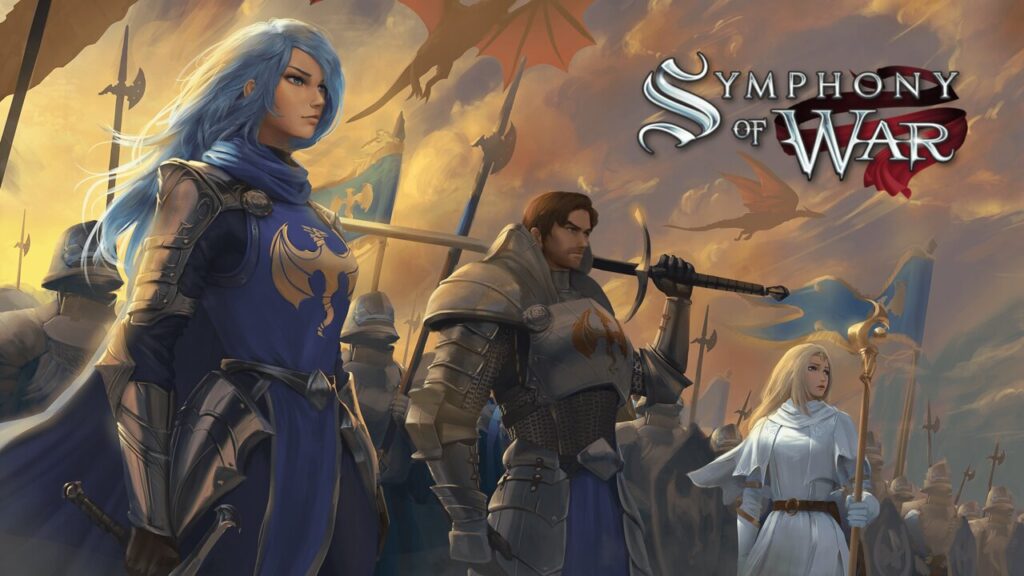
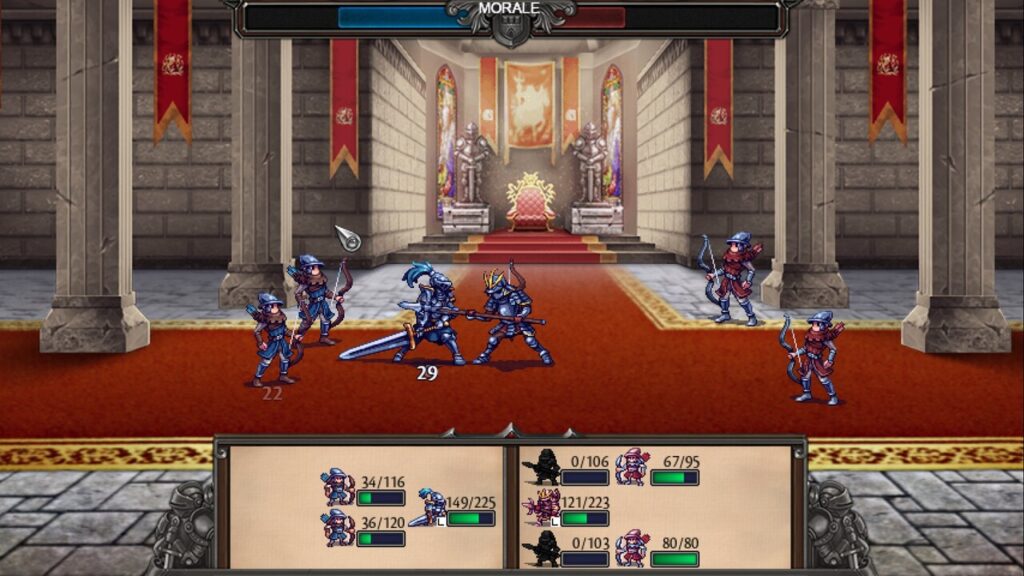
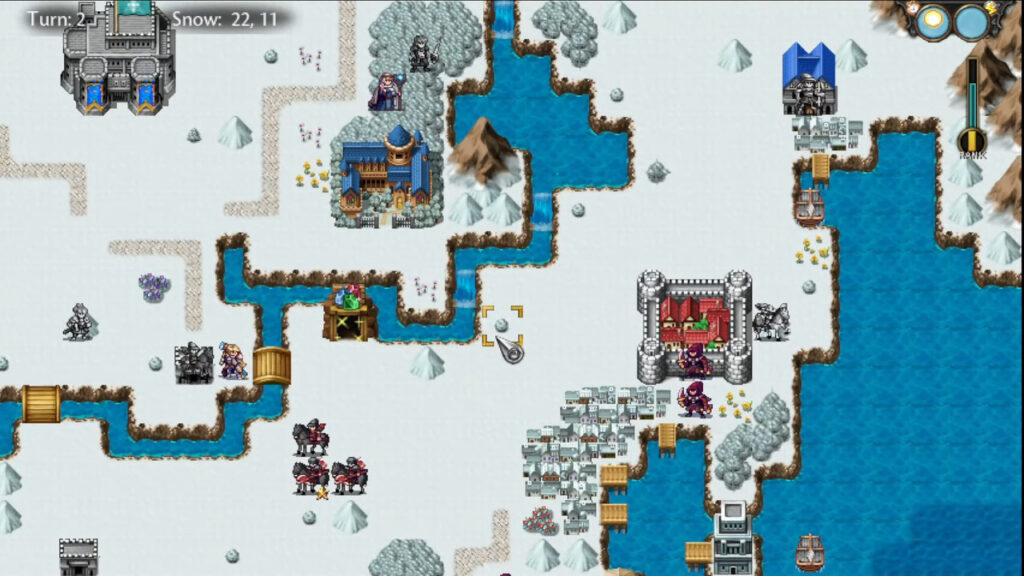
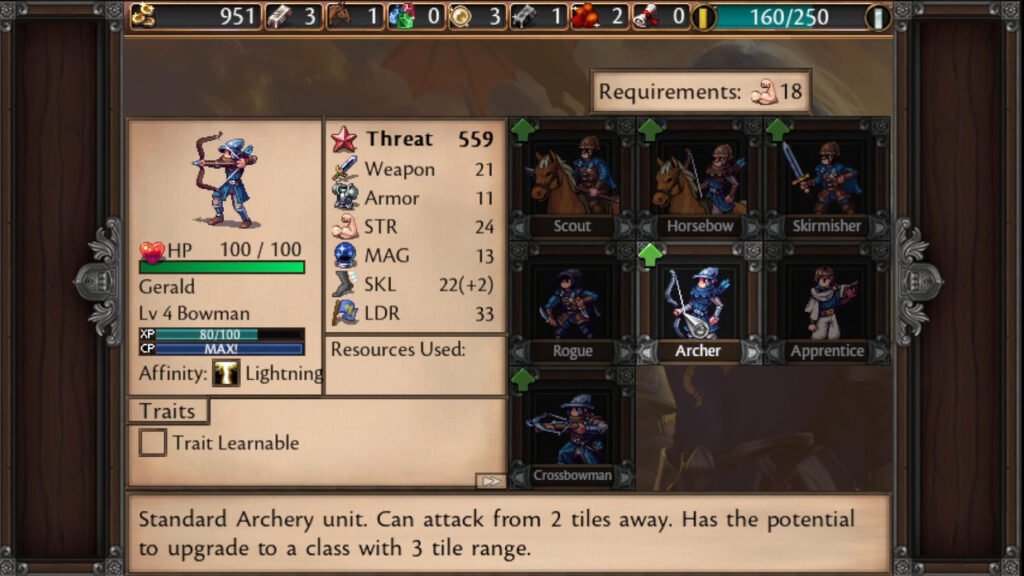
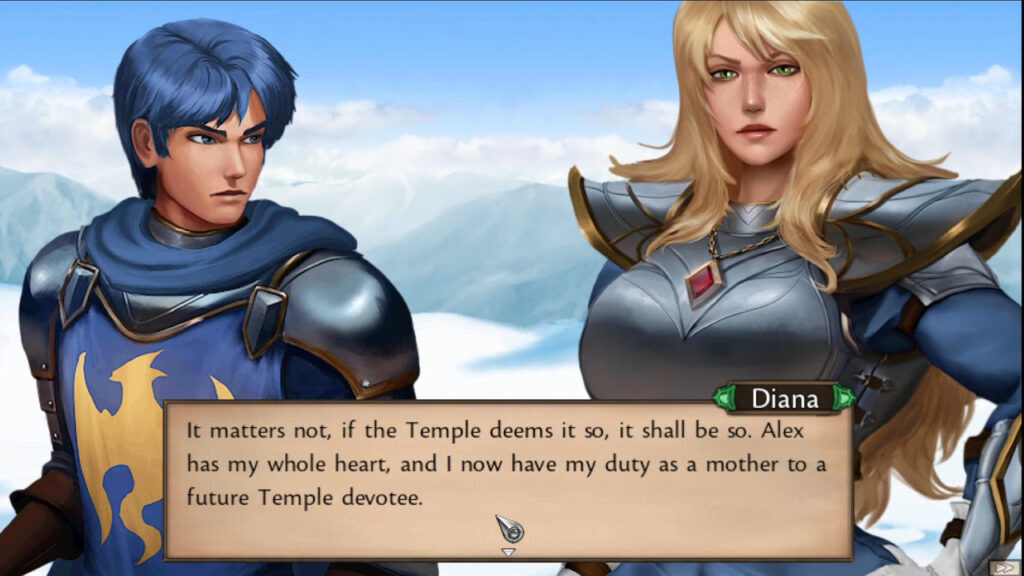


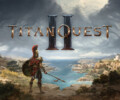

[…] dramatically deviates from the art direction commonly seen in other heavy hitters in the genre like Symphony of War and Triangle Strategy. Rendered in a more realistic style, the 3D character models look fantastic […]